Home>Energy>Home Insulation & Ventilation>What Is The Best Weather Stripping For Doors


Home Insulation & Ventilation
What Is The Best Weather Stripping For Doors
Modified: January 9, 2024
Discover the best weather stripping for doors to improve home insulation and ventilation. Learn about different types and how to choose the right one.
(Many of the links in this article redirect to a specific reviewed product. Your purchase of these products through affiliate links helps to generate commission for Storables.com, at no extra cost. Learn more)
Introduction
Welcome to the world of home insulation and ventilation, where the quest for energy efficiency and comfort meets the challenges of weather elements. When it comes to maintaining a cozy and energy-efficient home, addressing air leaks around doors is a crucial step. Weather stripping plays a pivotal role in sealing these gaps, preventing drafts, and reducing energy loss. In this comprehensive guide, we will explore the best weather stripping options for doors, ensuring that you can make an informed decision to enhance your home’s insulation and comfort.
Before delving into the specific types of weather stripping and their benefits, it’s essential to understand the significance of this often-overlooked component. Proper weather stripping not only improves energy efficiency but also contributes to a more comfortable indoor environment by minimizing drafts and external noise. Moreover, it acts as a barrier against dust, insects, and moisture, thereby safeguarding your home from potential damage and maintaining indoor air quality.
As we embark on this journey to uncover the best weather stripping for doors, it’s important to note that the ideal solution may vary based on factors such as climate, door material, and personal preferences. By considering these factors and exploring the diverse weather stripping options available, you can make an informed decision that aligns with your specific needs and contributes to a more energy-efficient and comfortable living space.
Key Takeaways:
- Choose weather stripping based on your climate, door material, and usage. V-seal, magnetic, and foam tape options offer durability, secure closure, and affordability to enhance insulation and energy efficiency.
- Prioritize high-quality weather stripping to create a comfortable, eco-friendly home. V-seal, magnetic, and tubular rubber gasket options provide resilience, secure seals, and exceptional weather resistance for optimal indoor comfort and energy savings.
Read more: Where To Put Weather Stripping On Doors
Types of Weather Stripping
Weather stripping comes in various forms, each designed to address specific types of gaps and offer unique benefits. Understanding the characteristics of different weather stripping options is essential for selecting the most suitable solution for your doors. Here are the main types of weather stripping commonly used for doors:
- Felt Strips: Felt weather stripping, typically made from wool or synthetic fibers, is a cost-effective option for sealing moderate drafts. While it is easy to install, felt weather stripping may wear out relatively quickly and is best suited for low-traffic areas.
- Foam Tape: Foam tape weather stripping, crafted from open or closed-cell foam, offers excellent flexibility and is easy to install. It effectively seals small to medium-sized gaps and is ideal for irregular surfaces.
- V-Seal Weather Stripping: V-seal weather stripping, featuring a V-shaped design, provides a durable and effective seal against drafts. It is particularly suitable for wooden or metal door frames and is known for its resilience and longevity.
- Magnetic Weather Stripping: Magnetic weather stripping utilizes magnets to create a secure seal, making it an ideal choice for steel doors and windows. Its strong magnetic attraction ensures a tight closure, effectively preventing air infiltration.
- Door Sweep: A door sweep, typically made of aluminum or stainless steel with a rubber or vinyl gasket, is installed along the bottom of the door to seal the gap between the door and the threshold. It effectively blocks drafts, dust, and insects from entering the home.
- Tubular Rubber Gasket: Tubular rubber gasket weather stripping, commonly made of EPDM rubber, provides exceptional resilience and weather resistance. It is suitable for sealing medium to large gaps and is compatible with a wide range of door materials.
- Interlocking Metal Channels: Interlocking metal channels, often made of aluminum or stainless steel, create a durable and secure seal. They are particularly effective for sealing gaps in double-hung or sliding doors, providing enhanced insulation and weather protection.
By familiarizing yourself with these diverse weather stripping options, you can assess their respective advantages and choose the most suitable solution to address the specific needs of your doors and climate conditions.
Factors to Consider
When selecting the best weather stripping for your doors, several important factors should be taken into account to ensure optimal performance and longevity. By considering these key aspects, you can make an informed decision that aligns with your specific requirements and contributes to a more energy-efficient and comfortable home environment.
- Climate Conditions: The prevailing climate in your region plays a significant role in determining the most suitable weather stripping. For areas prone to extreme temperatures or high humidity, weather stripping with superior insulating and weather-resistant properties is essential to maintain indoor comfort and energy efficiency.
- Door Material: The material of your door frames and the door itself influences the compatibility and effectiveness of weather stripping. Different materials, such as wood, metal, or fiberglass, may require specific types of weather stripping to ensure a secure and durable seal.
- Traffic and Usage: Consider the level of traffic and usage associated with the door. High-traffic doors may benefit from more durable and resilient weather stripping options to withstand frequent opening and closing while maintaining their sealing properties over time.
- Installation Ease: Assess the ease of installation for the chosen weather stripping option, especially if you plan to undertake the installation yourself. Some weather stripping varieties offer simple self-adhesive application, while others may require more complex installation methods.
- Long-Term Performance: Evaluate the longevity and durability of the weather stripping to ensure it can withstand environmental factors, UV exposure, and regular use without deteriorating or losing its sealing effectiveness.
- Aesthetic Considerations: While functionality is paramount, the visual impact of the weather stripping should also be considered, especially for doors with prominent visibility. Opt for weather stripping that complements the overall aesthetic of the door and surrounding area.
- Allergen and Pest Resistance: Weather stripping should effectively block dust, allergens, and pests from entering the home, contributing to improved indoor air quality and overall cleanliness.
By carefully considering these factors, you can narrow down the options and select weather stripping that not only meets your practical needs but also aligns with your aesthetic preferences, ensuring a well-rounded and effective solution for your doors.
When choosing weather stripping for doors, look for materials like vinyl or silicone that provide a tight seal against drafts and moisture. Make sure to measure the door carefully to ensure a proper fit.
Best Weather Stripping Options
With a myriad of weather stripping options available, identifying the best solutions for your doors involves considering various factors such as climate, door material, and sealing requirements. Let’s explore some of the top weather stripping options renowned for their effectiveness and versatility:
- 1. V-Seal Weather Stripping: Ideal for wooden or metal door frames, V-seal weather stripping provides a durable and effective seal against drafts. Its resilience and longevity make it a popular choice for maintaining energy efficiency and indoor comfort.
- 2. Magnetic Weather Stripping: Utilizing powerful magnets, this weather stripping option offers a secure seal, making it particularly suitable for steel doors and windows. Its strong magnetic attraction ensures a tight closure, effectively preventing air infiltration and enhancing energy efficiency.
- 3. Tubular Rubber Gasket: Crafted from EPDM rubber, tubular rubber gasket weather stripping provides exceptional resilience and weather resistance. It is suitable for sealing medium to large gaps and offers superior performance in diverse climate conditions.
- 4. Door Sweep: Installed along the bottom of the door, a door sweep effectively blocks drafts, dust, and insects from entering the home. Available in various materials such as aluminum and stainless steel, door sweeps offer reliable protection and durability.
- 5. Foam Tape: Offering excellent flexibility and ease of installation, foam tape weather stripping effectively seals small to medium-sized gaps. Its versatility and affordability make it a popular choice for enhancing insulation and reducing energy loss.
- 6. Interlocking Metal Channels: For double-hung or sliding doors, interlocking metal channels create a durable and secure seal, providing enhanced insulation and weather protection. Their robust construction ensures long-term performance in demanding environments.
When selecting the best weather stripping option for your doors, it’s essential to consider the unique characteristics and benefits of each type in relation to your specific needs and environmental conditions. By choosing a high-quality weather stripping solution that aligns with these considerations, you can effectively enhance the energy efficiency, comfort, and durability of your home.
Conclusion
As we conclude our exploration of the best weather stripping for doors, it’s evident that the right weather stripping plays a crucial role in enhancing the energy efficiency, comfort, and durability of your home. By understanding the diverse types of weather stripping available and considering key factors such as climate conditions, door material, and installation ease, you can make an informed decision that aligns with your specific needs and preferences.
Whether you opt for V-seal weather stripping for its resilience, magnetic weather stripping for its secure closure, or foam tape for its flexibility and affordability, the ultimate goal remains the same: to create a well-sealed barrier against drafts, moisture, and external elements. Each weather stripping option offers unique benefits, making it essential to assess their suitability in relation to your door’s requirements and the prevailing climate.
By selecting the best weather stripping for your doors, you can enjoy a more comfortable and energy-efficient living space while reducing energy costs and minimizing environmental impact. Additionally, the effective sealing provided by high-quality weather stripping contributes to improved indoor air quality and protection against dust, allergens, and pests.
As you embark on the journey of enhancing your home’s insulation and weather protection, remember that the investment in superior weather stripping is a valuable step toward creating a more sustainable and comfortable living environment. By prioritizing the selection of the best weather stripping option for your doors, you can take significant strides toward achieving optimal energy efficiency and indoor comfort, ultimately enhancing the quality of life within your home.
With the right weather stripping in place, your doors can effectively withstand the elements, maintain consistent indoor temperatures, and contribute to a more sustainable and eco-friendly living space. Embrace the power of high-quality weather stripping, and experience the transformative impact it brings to your home’s insulation and overall comfort.
Frequently Asked Questions about What Is The Best Weather Stripping For Doors
Was this page helpful?
At Storables.com, we guarantee accurate and reliable information. Our content, validated by Expert Board Contributors, is crafted following stringent Editorial Policies. We're committed to providing you with well-researched, expert-backed insights for all your informational needs.
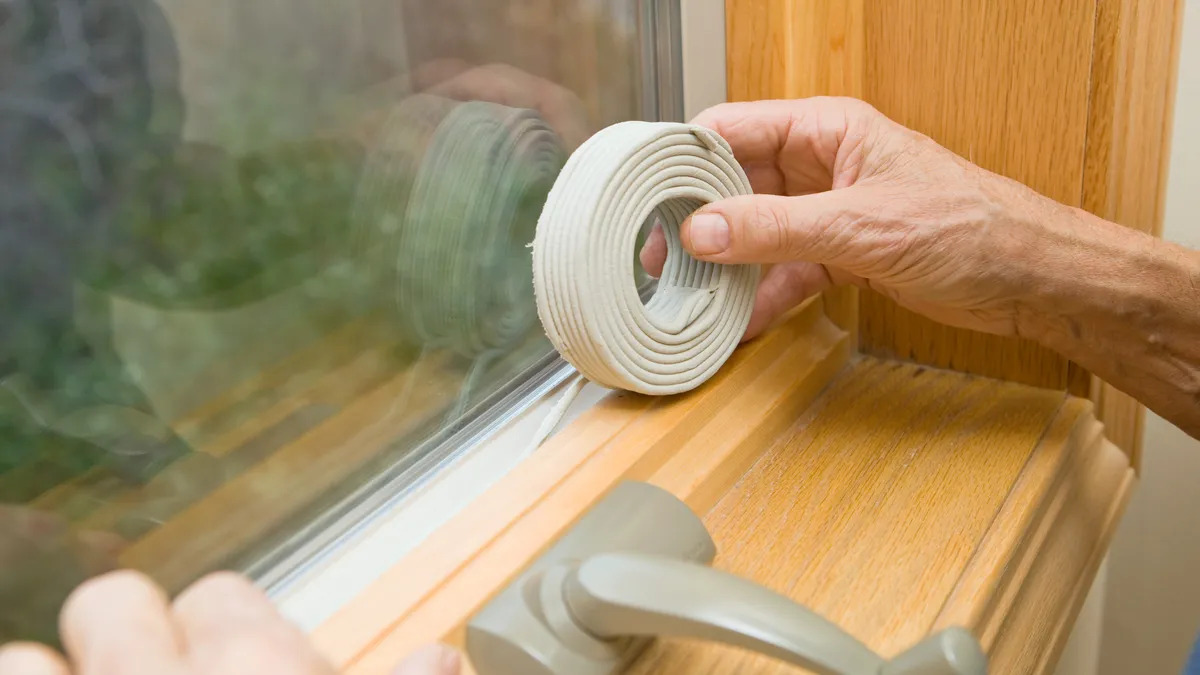
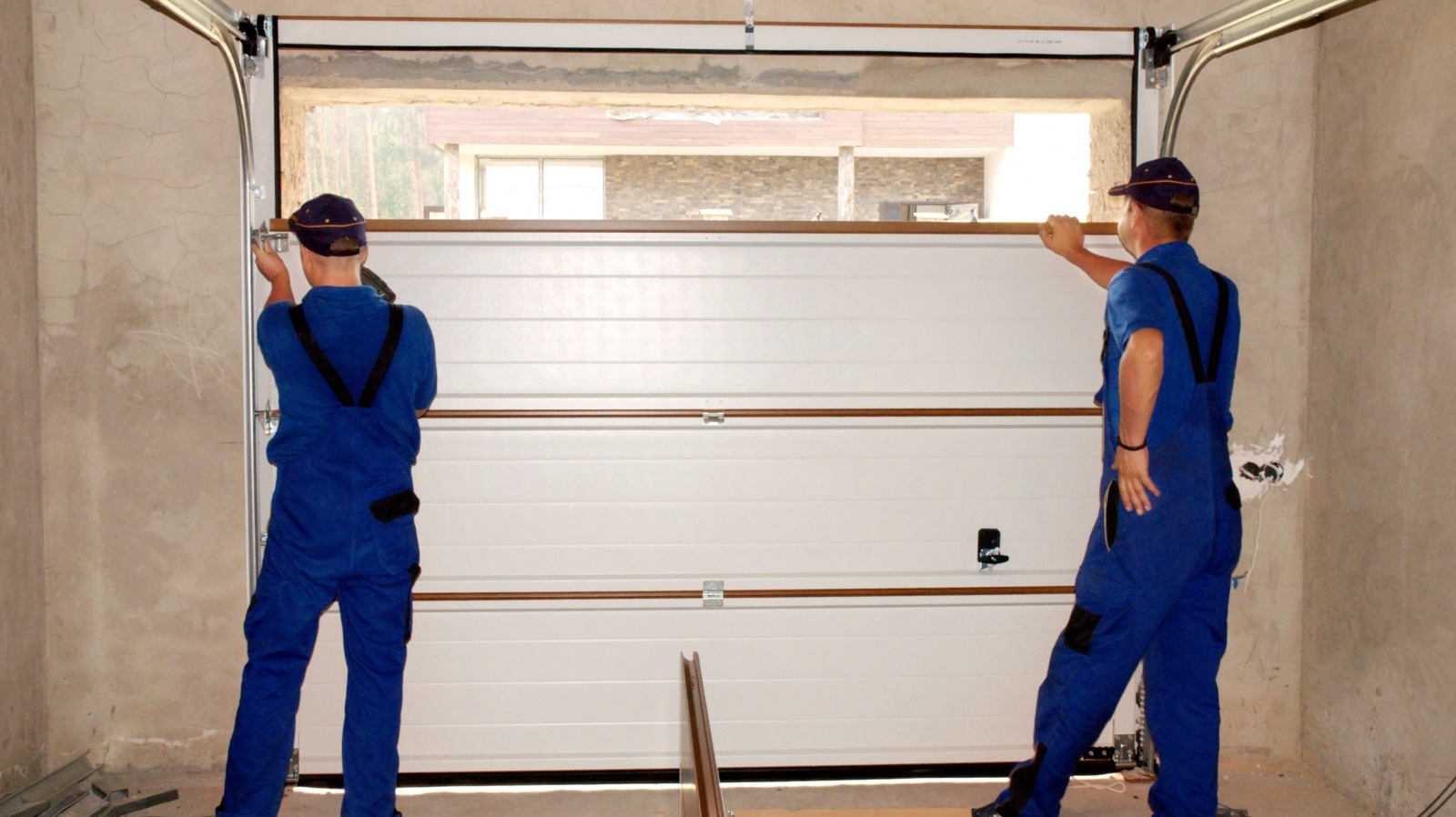

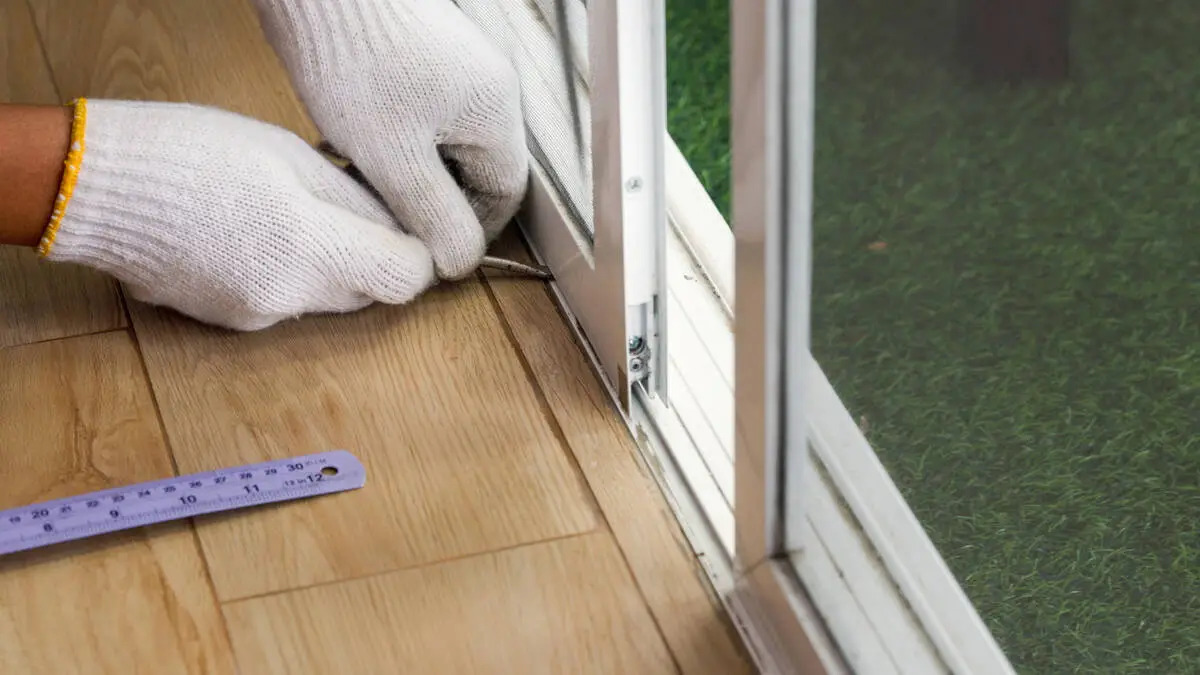
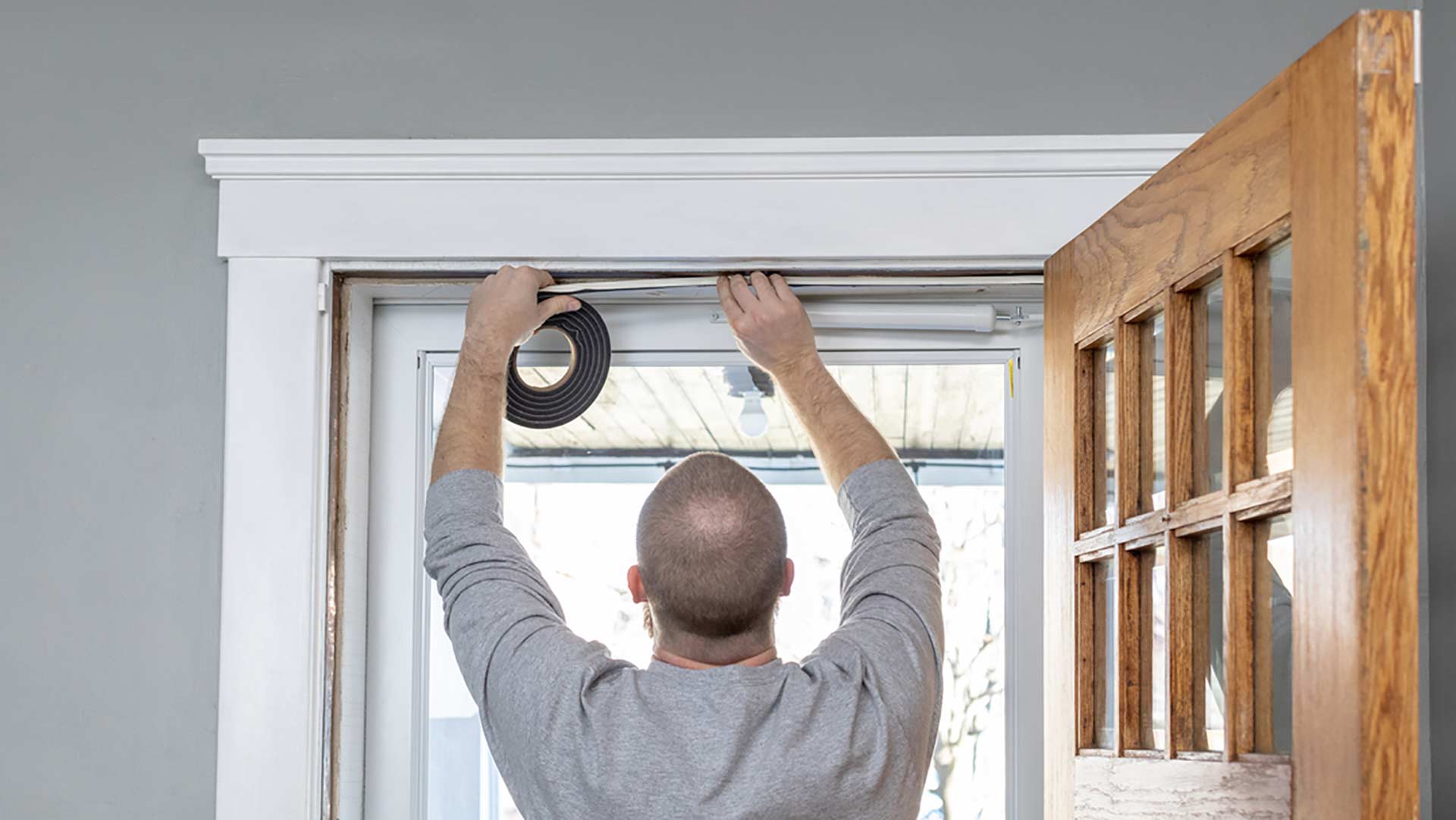
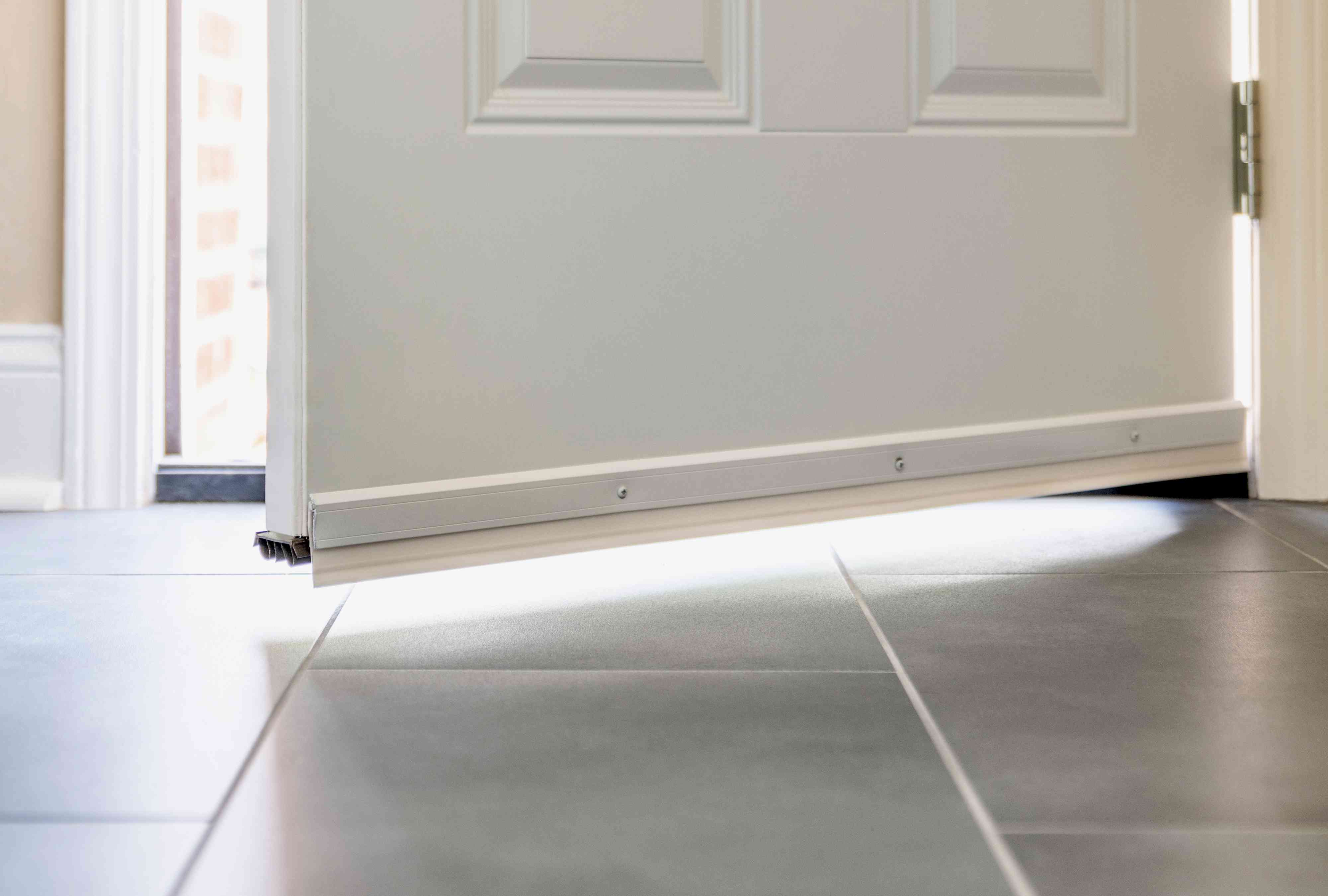
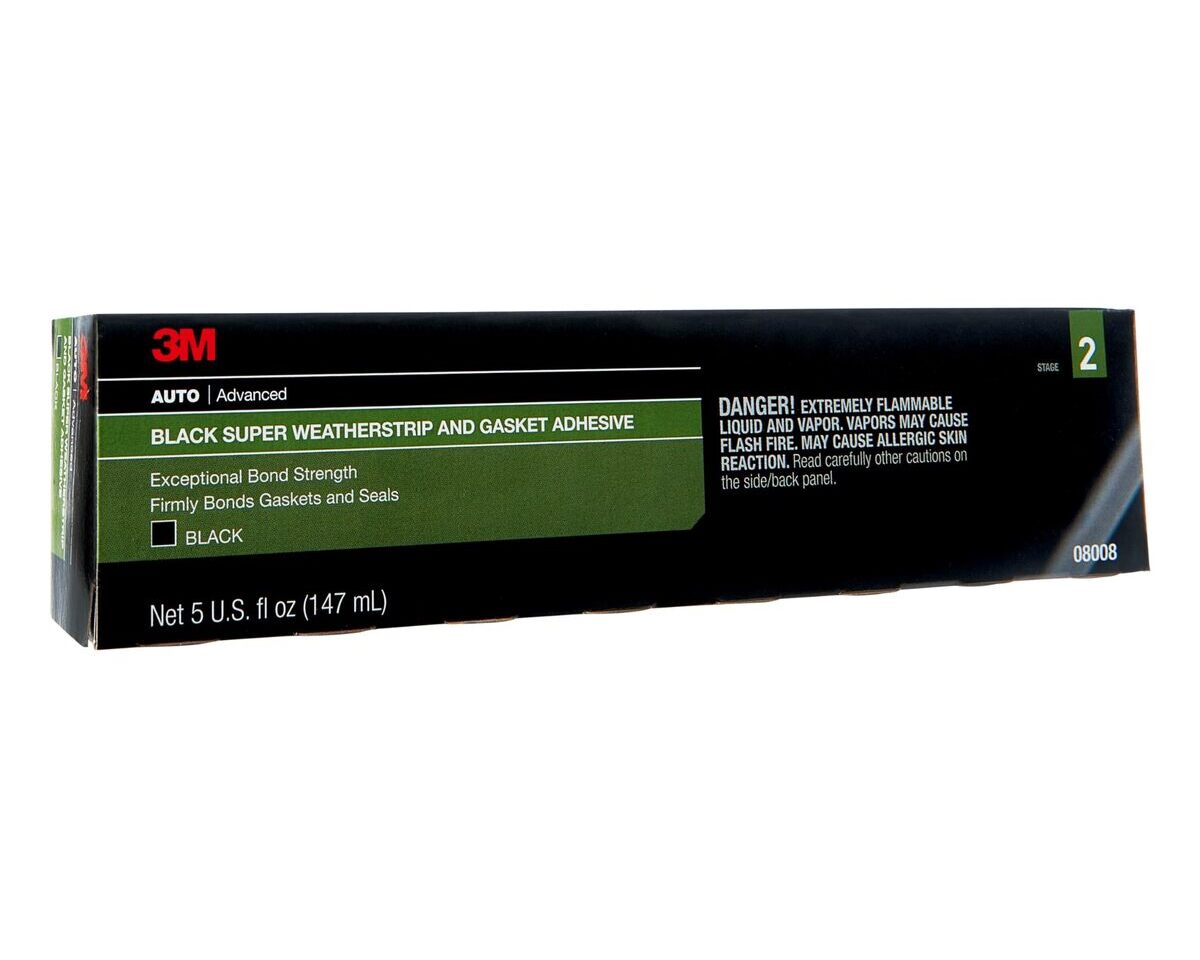
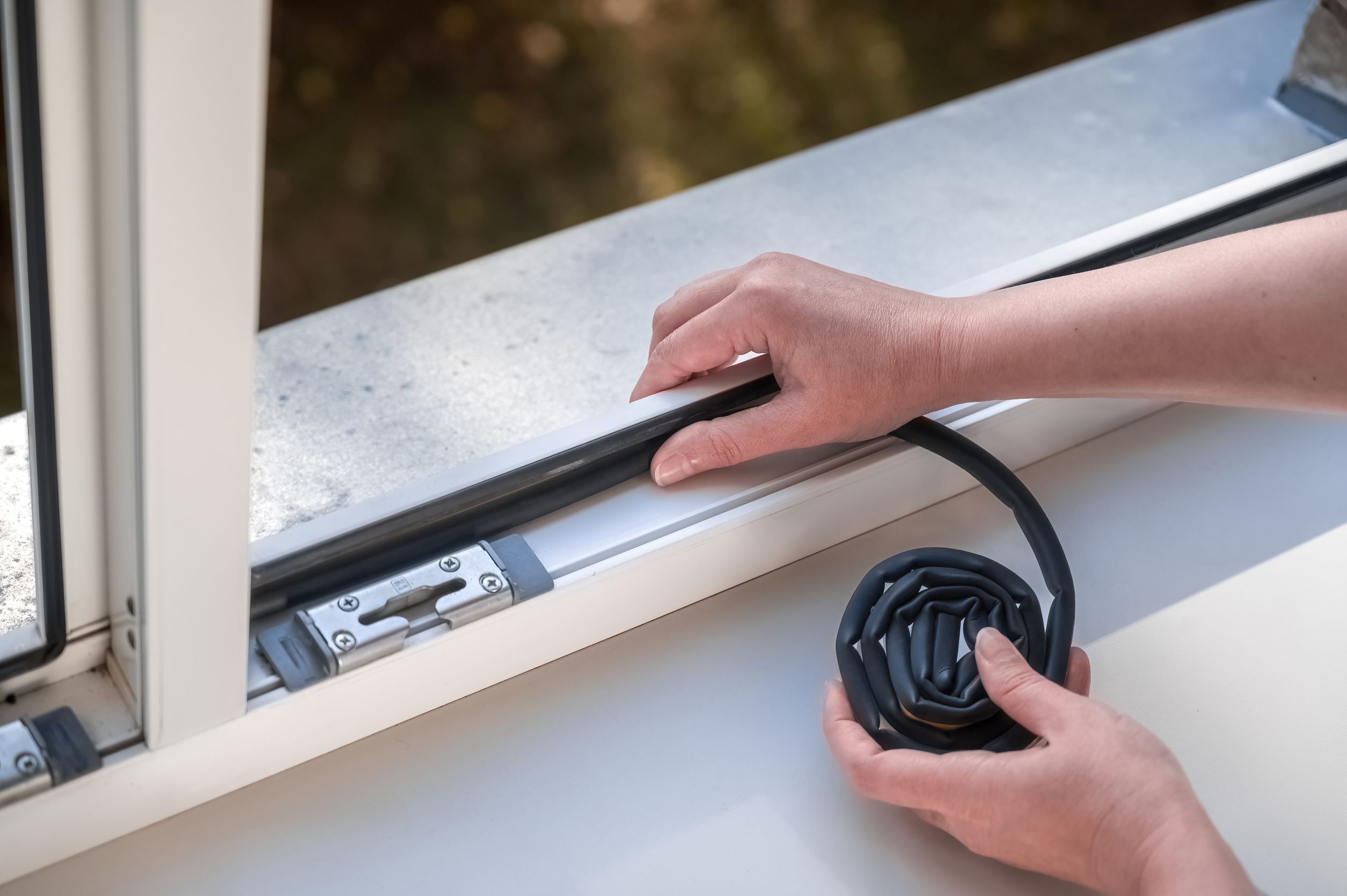

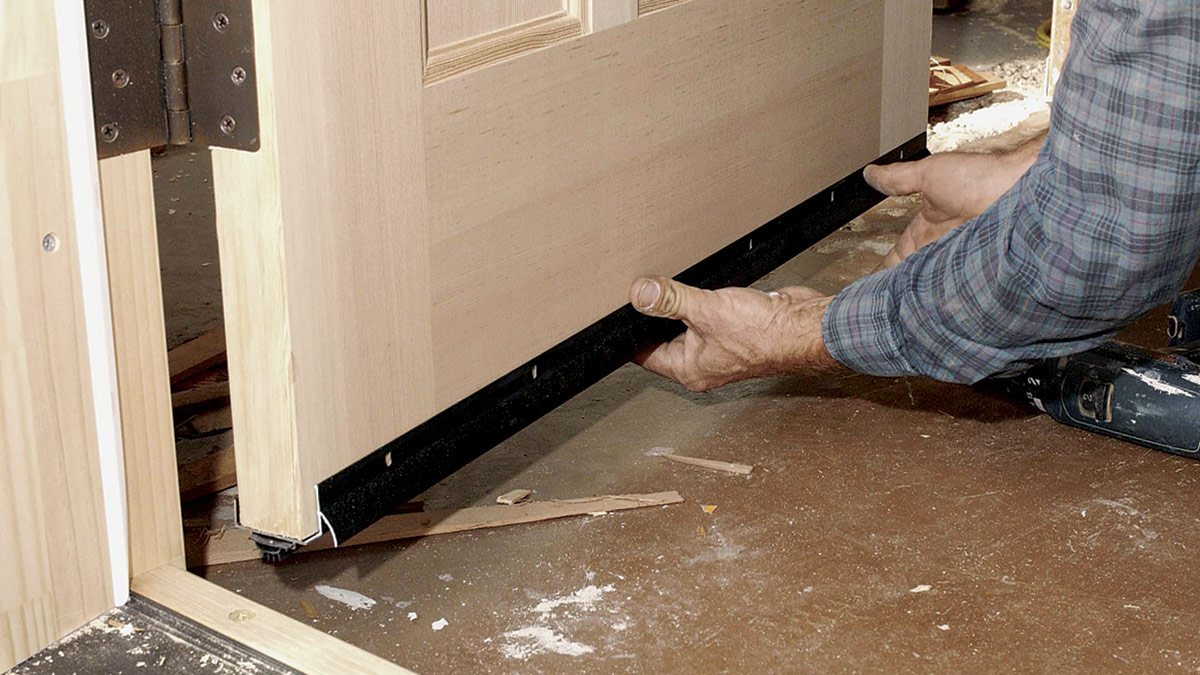
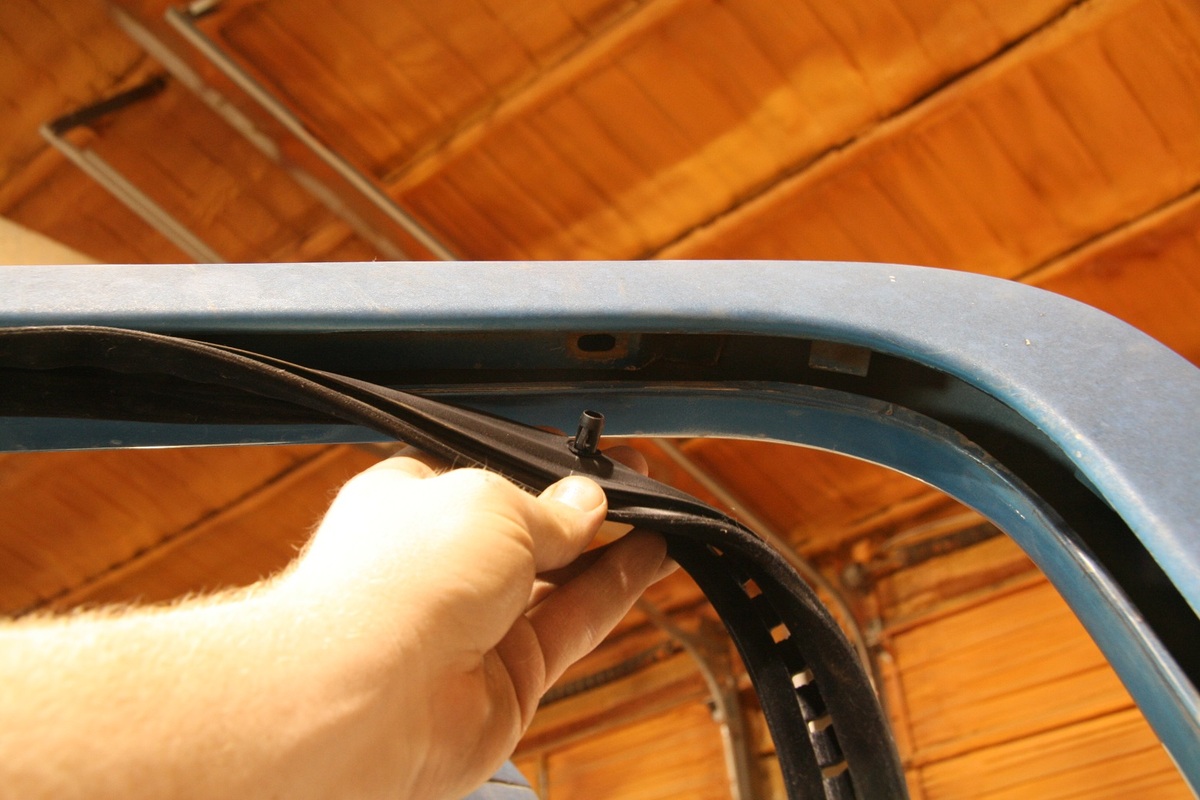

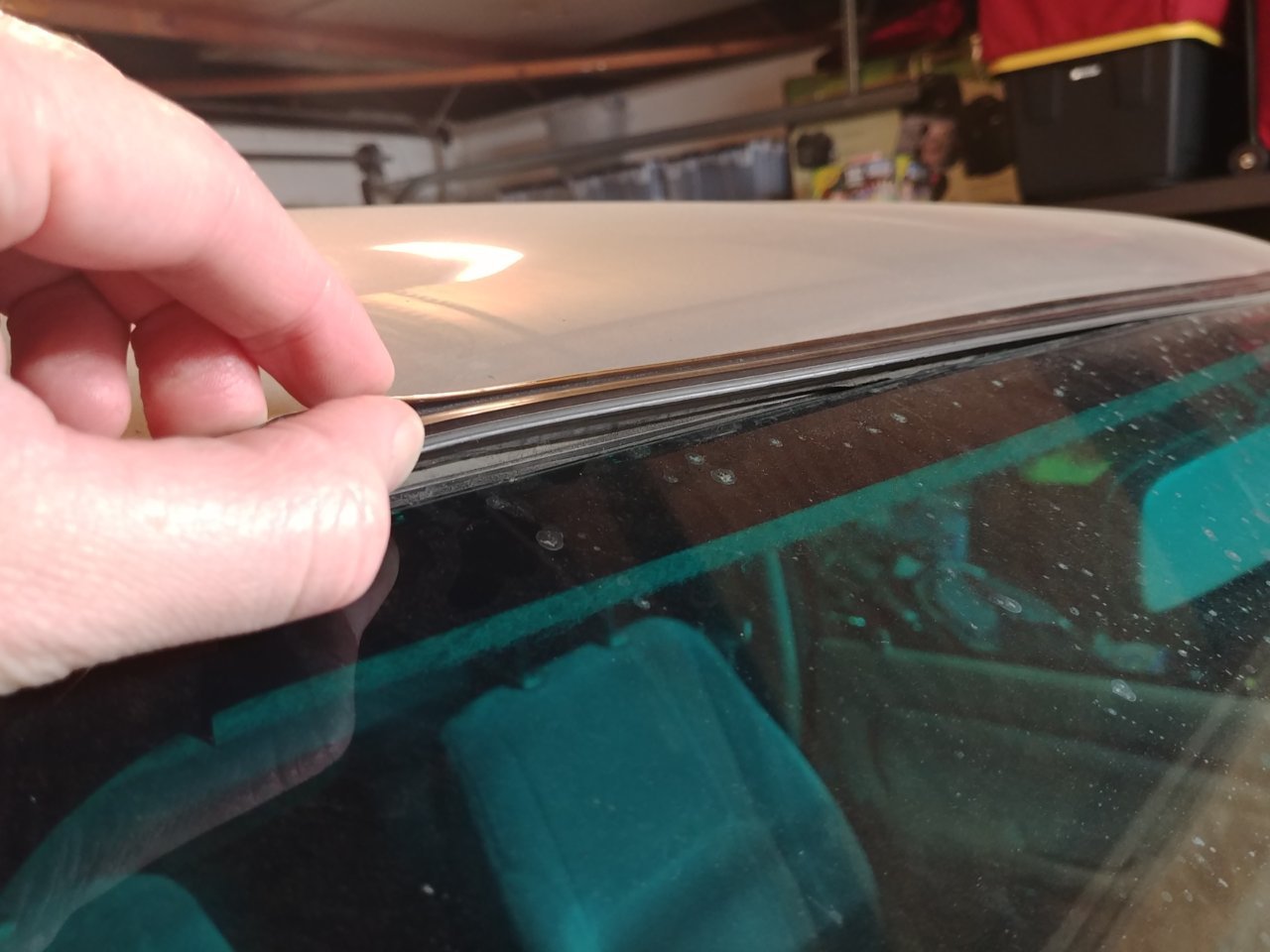
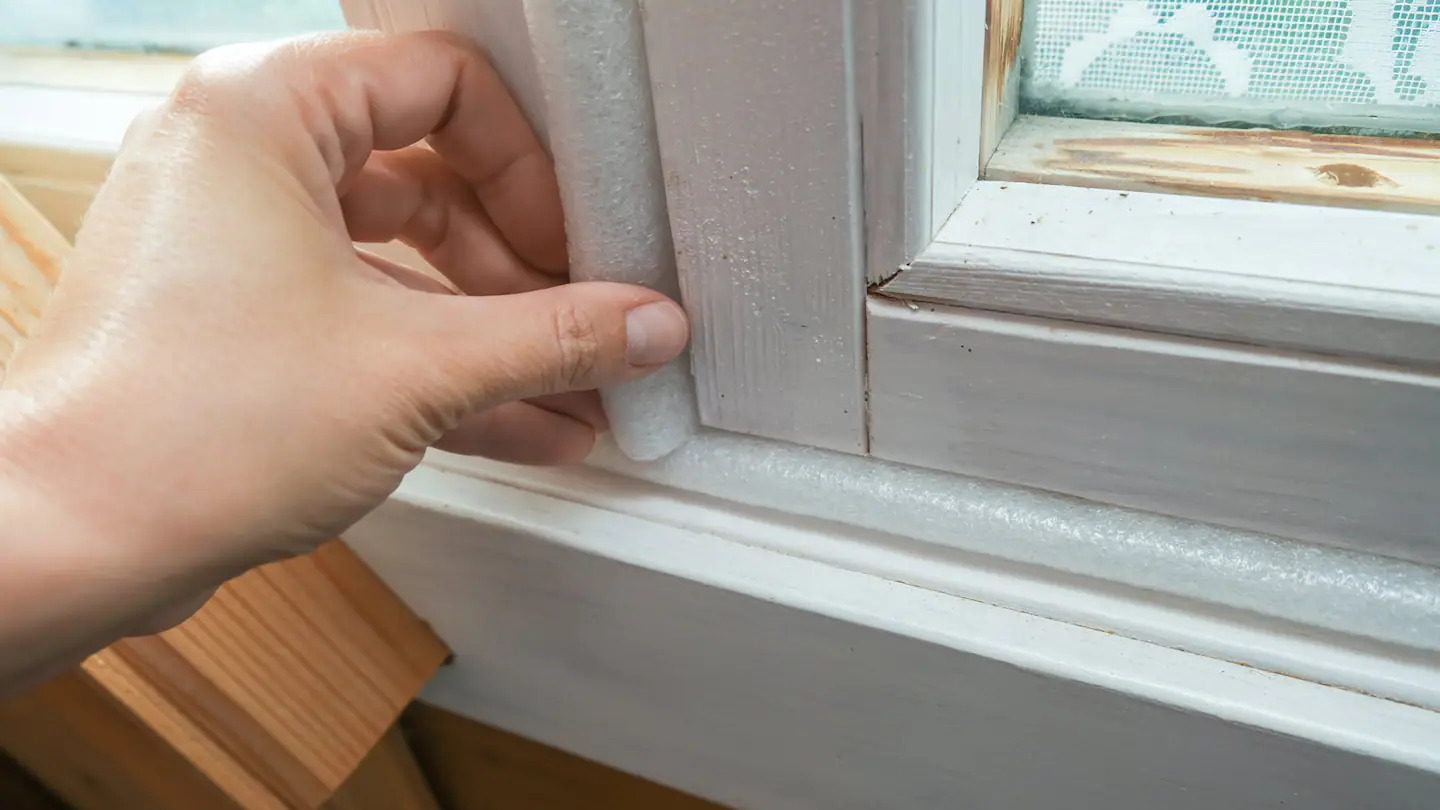
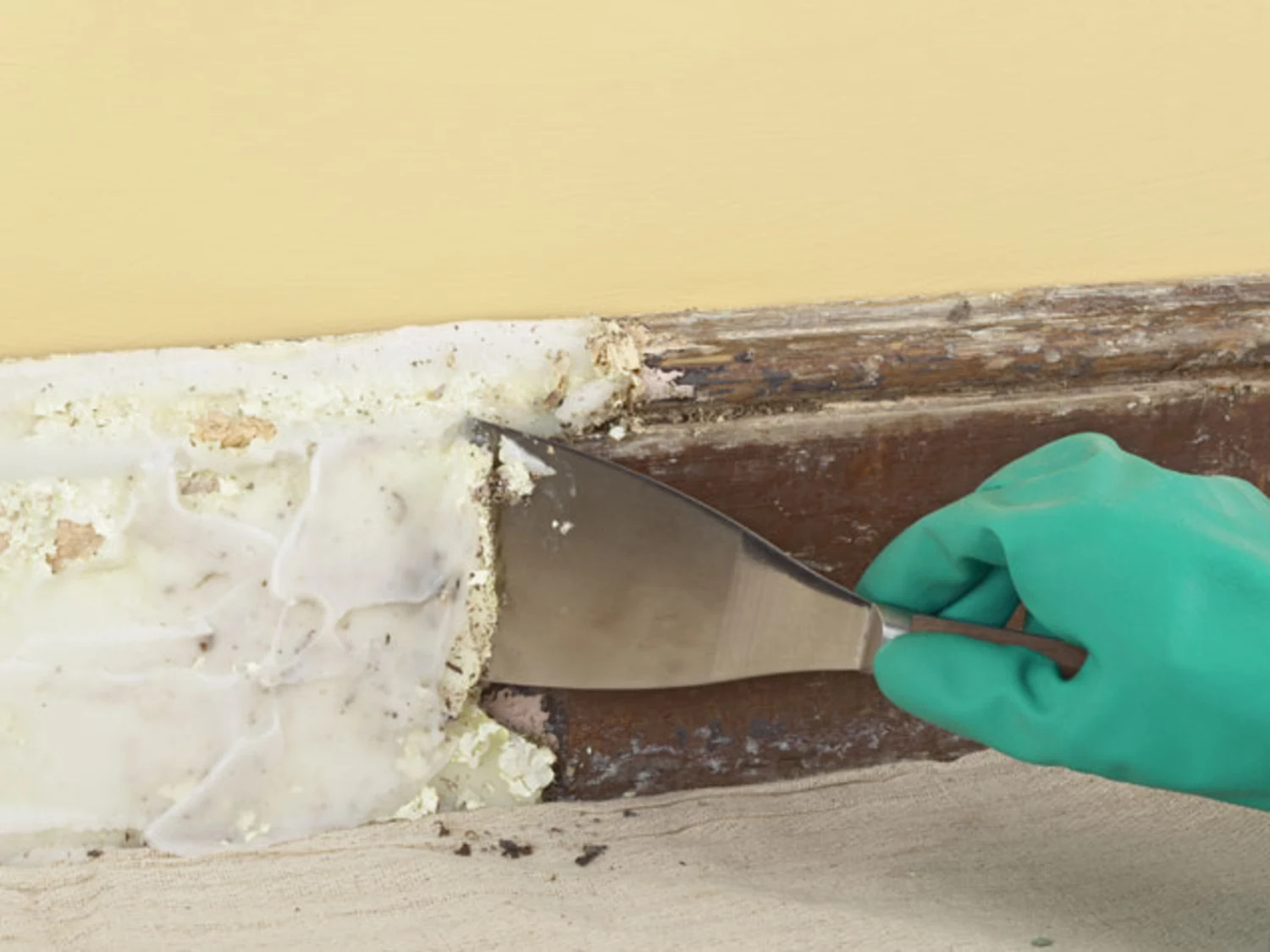

0 thoughts on “What Is The Best Weather Stripping For Doors”